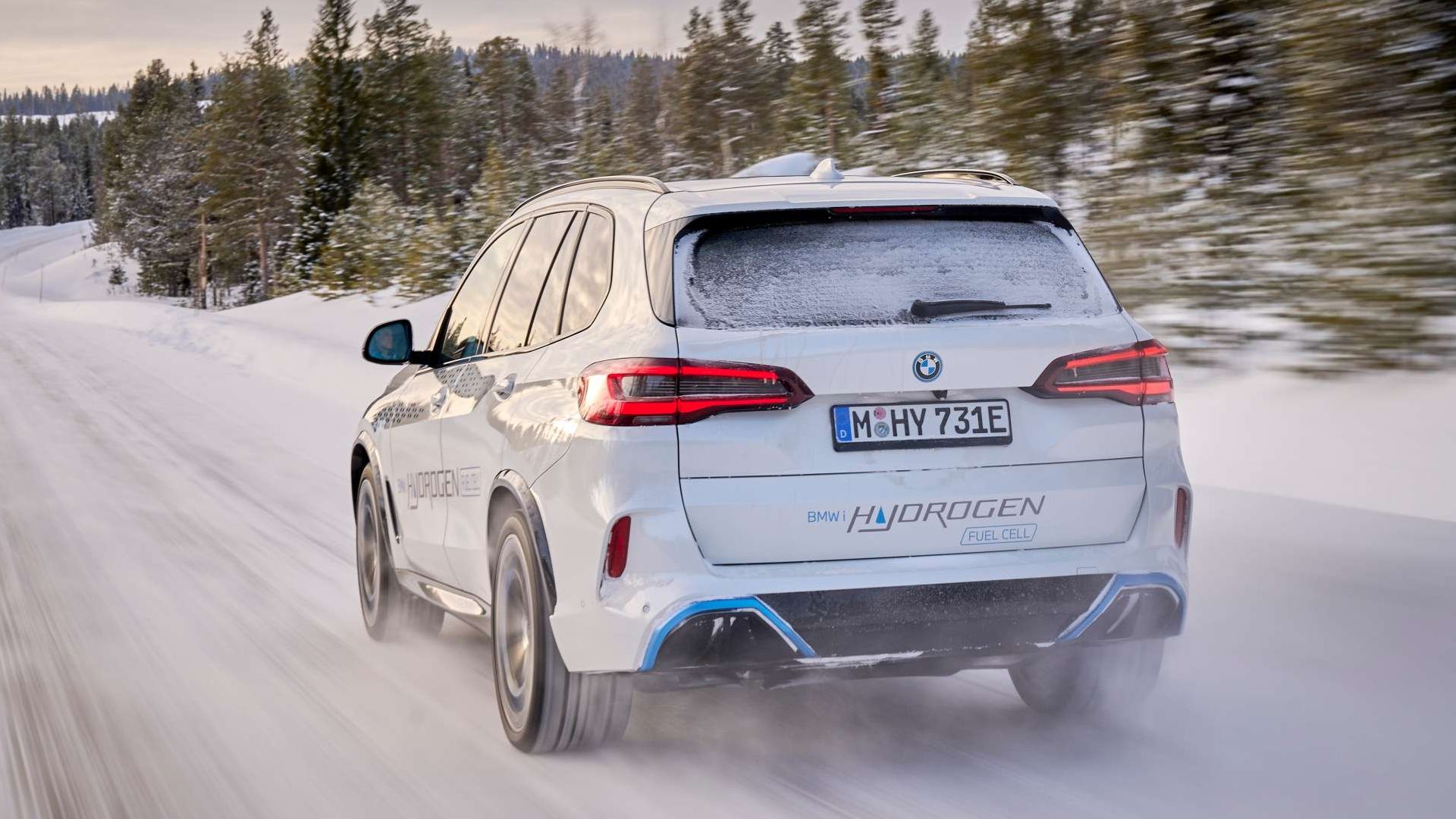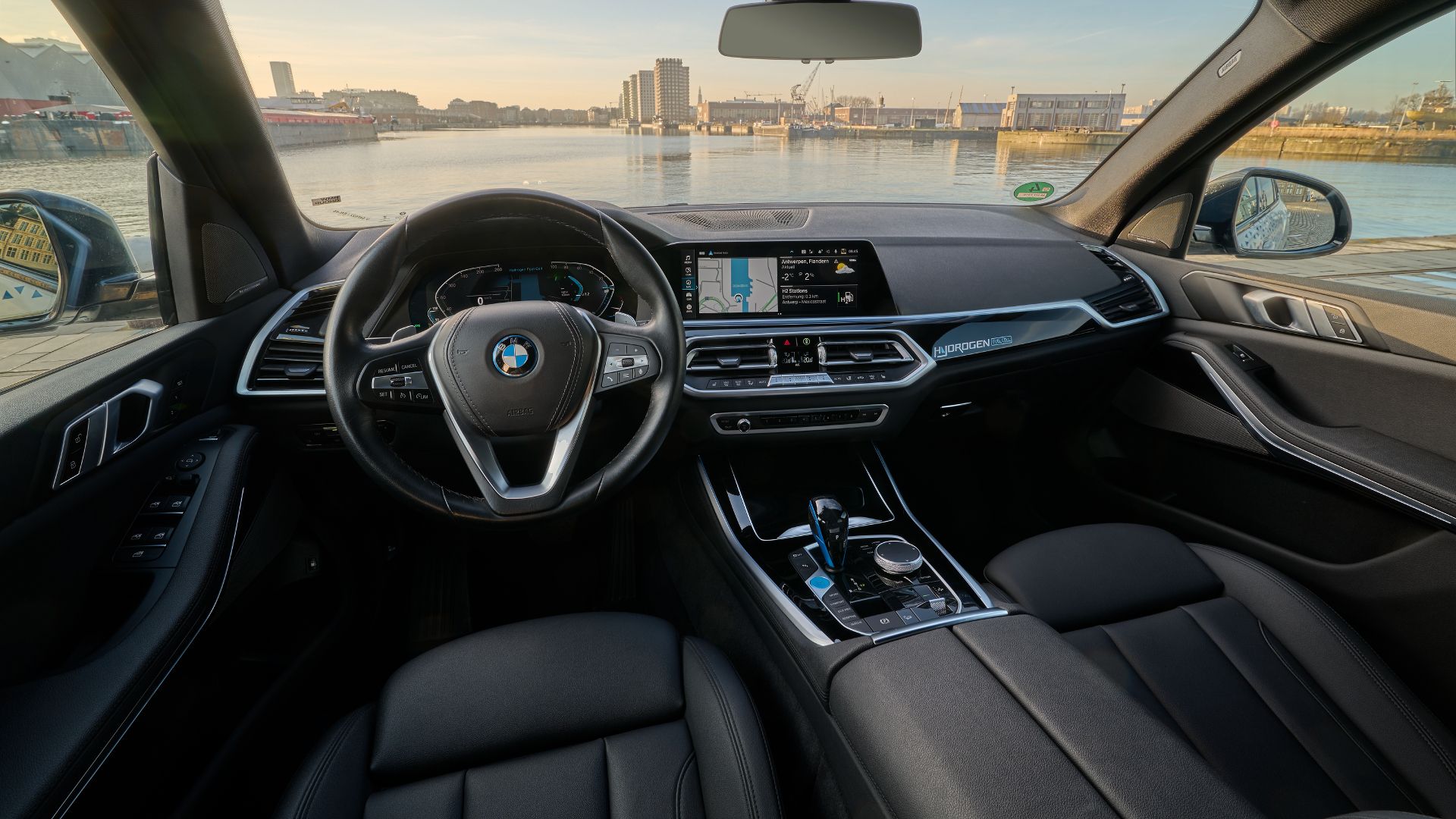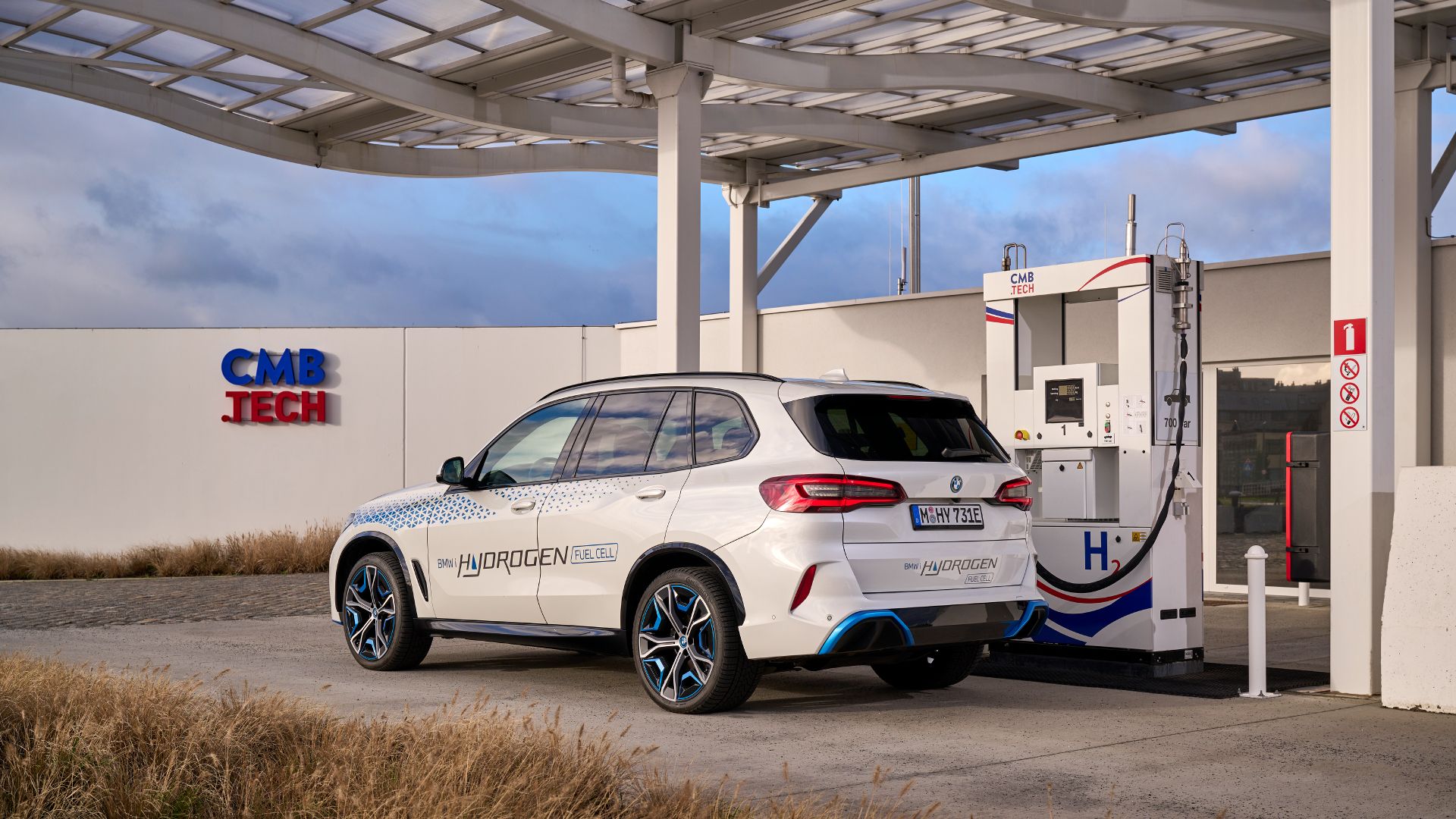Electric mobility is progressing rapidly, with a continuous rise in registrations of fully electric vehicles and the expansion of charging infrastructure. However, there are still many misconceptions surrounding electric vehicles. To address these misconceptions, BMW has launched a ten-part video podcast series called “Electric Myths.” Hosted by British tech enthusiast Tomi Adebayo (also known as GadgetsBoy) and transgender racing driver Charlie Martin, the podcast aims to debunk common myths and provide factual information about the advantages and possibilities of electric vehicles.
In each entertaining episode, the hosts discuss real-life anecdotes and answer questions that skeptics often have. They explore the day-to-day benefits of electric cars, their range capabilities, their cost-effectiveness, and their impact on the environment. The podcast also addresses the misconceptions surrounding hydrogen-powered vehicles and their safety.
The ten episodes will be released weekly, presenting a fun and informative way to understand electric mobility. Martin and Adebayo emphasize the enjoyable driving experience offered by electric vehicles from BMW, taking driving pleasure to a new level.
The podcast aims to create a better understanding of electric mobility without overwhelming the audience with contradicting statements. The episodes focus on lively exchanges, maintaining a modern and youthful vibe. Starting from June 22, 2023, the first two episodes will be available on BMW’s audio channels on Spotify, Apple, and Google Podcasts, as well as in video form on BMW.com and the company’s YouTube channel.
This podcast series, “Electric Myths,” follows BMW’s successful sustainability podcast, “CHASING THE GREENEST CAR.” In the previous series, environmental activist Anne Therese Gennari explores the sustainable efforts of BMW and the significance of electric mobility in reducing the company’s carbon footprint. The podcast delves into topics such as recycling, circular economy, social impact, and the future wave of innovations.
With a commitment to sustainability, the BMW Group aims to drive the transformation towards electric mobility. The company already offers fully electric models in all relevant segments and plans to increase the delivery share of all-electric vehicles to 50% by 2025 under the Neue Klasse models, while further reducing the carbon footprint over the entire product lifecycle.
Link to the podcast: https://www.bmw.com/en/electric-future/electric-car-myths-podcast.html







 Print
Print Convert to PDF
Convert to PDF


